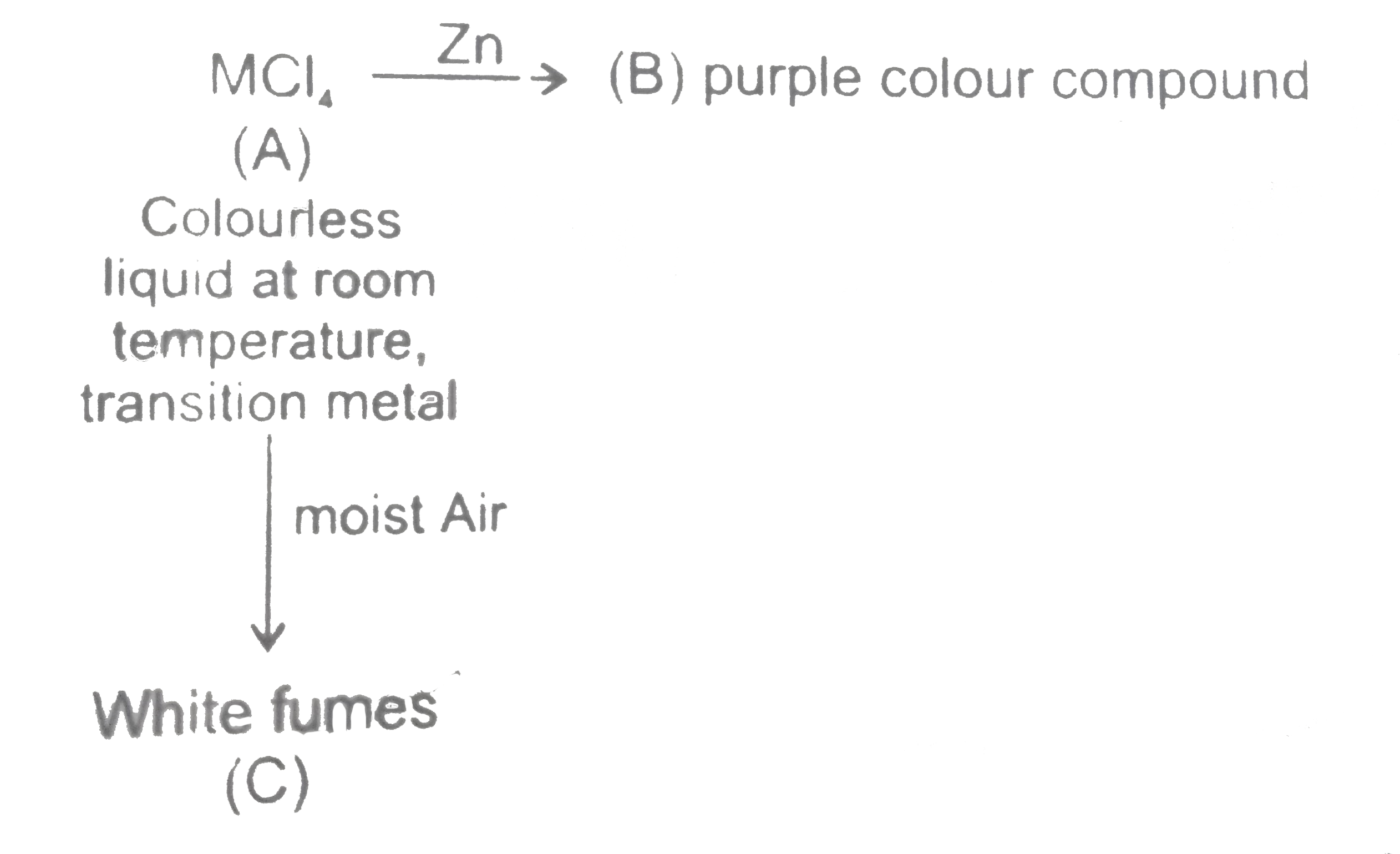Identify (A), (B) and . Also explain colour differnece between and (A) .
To solve the given problem, we need to identify (A), (B), and MCl4 based on the information provided. Let's break it down step by step.
Step 1: Identify (B) - the White Fumes
The question states that when MCl4 is exposed to moist air, it produces white fumes. The white fumes are typically associated with hydrochloric acid (HCl), which is produced when metal chlorides react with moisture in the air. Therefore, we can conclude:
- (B) = HCl (hydrochloric acid)
Step 2: Identify MCl4
Next, we need to identify MCl4. The problem states that M is a transition metal and that MCl4 is a colorless liquid. Transition metals in the +4 oxidation state often form colorless complexes.
Considering the common transition metals, titanium (Ti) in the +4 oxidation state forms TiCl4, which is indeed a colorless liquid. Thus:
- MCl4=TiCl4
Step 3: Identify (A) - the Purple Coloured Compound
The problem states that when MCl4 (which we identified as TiCl4) reacts with zinc (Zn) and water (H2O), it produces a purple-colored compound. The reaction of TiCl4 with Zn and water leads to the formation of TiCl3⋅6H2O, which is known to be purple in color. Therefore:
- (A) = TiCl3⋅6H2O
Step 4: Explain the Color Difference Between MCl4 and (A)
Now, we need to explain the color difference between MCl4 (which is colorless) and (A) (which is purple).
1. Color of TiCl4:
- TiCl4 has a titanium oxidation state of +4, which means it has no unpaired electrons (the electronic configuration is (Ar)3d04s0). The absence of unpaired electrons means there are no d-d transitions possible, resulting in a colorless compound.
2. Color of TiCl3⋅6H2O:
- In TiCl3, titanium is in the +3 oxidation state, which gives it an electronic configuration of (Ar)3d14s0. The presence of one unpaired electron allows for d-d transitions, which absorb certain wavelengths of light and impart a purple color to the compound.
Summary
- (A) = TiCl3⋅6H2O
- (B) = HCl
- MCl4=TiCl4
The question states that when MCl4 is exposed to moist air, it produces white fumes. The white fumes are typically associated with hydrochloric acid (HCl), which is produced when metal chlorides react with moisture in the air. Therefore, we can conclude:
- (B) = HCl (hydrochloric acid)
Next, we need to identify MCl4. The problem states that M is a transition metal and that MCl4 is a colorless liquid. Transition metals in the +4 oxidation state often form colorless complexes.
- MCl4=TiCl4
The problem states that when MCl4 (which we identified as TiCl4) reacts with zinc (Zn) and water (H2O), it produces a purple-colored compound. The reaction of TiCl4 with Zn and water leads to the formation of TiCl3⋅6H2O, which is known to be purple in color. Therefore:
- (A) = TiCl3⋅6H2O
Now, we need to explain the color difference between MCl4 (which is colorless) and (A) (which is purple).
- TiCl4 has a titanium oxidation state of +4, which means it has no unpaired electrons (the electronic configuration is (Ar)3d04s0). The absence of unpaired electrons means there are no d-d transitions possible, resulting in a colorless compound.
- In TiCl3, titanium is in the +3 oxidation state, which gives it an electronic configuration of (Ar)3d14s0. The presence of one unpaired electron allows for d-d transitions, which absorb certain wavelengths of light and impart a purple color to the compound.
- (A) = TiCl3⋅6H2O
- (B) = HCl
- MCl4=TiCl4
Topper's Solved these Questions
- BOOK - PRADEEPCHAPTER - D- AND F-BLOCK ELEMENTSEXERCISE - TEST YOUR GRIP( MULTIPLE CHOCE QUESTIONS)23videos
D- AND F-BLOCK ELEMENTS
- BOOK - PRADEEPCHAPTER - D- AND F-BLOCK ELEMENTSEXERCISE - TEST YOUR GRIP( FILL IN THE BLANKS)33videos
D- AND F-BLOCK ELEMENTS
- BOOK - PRADEEPCHAPTER - D- AND F-BLOCK ELEMENTSEXERCISE - IMPORTANT QUESTIONS30videos
D- AND F-BLOCK ELEMENTS
- BOOK - PRADEEPCHAPTER - CORDINATION COMPOUNDSEXERCISE - Important Questions28videos
CORDINATION COMPOUNDS
- BOOK - PRADEEPCHAPTER - ELECTROCHEMISTRYEXERCISE - IMPORTANT QUESTIONS FOR BOARD EXAMINATION25videos
ELECTROCHEMISTRY
Similar Questions
Knowledge Check
- Question 1 - Select One
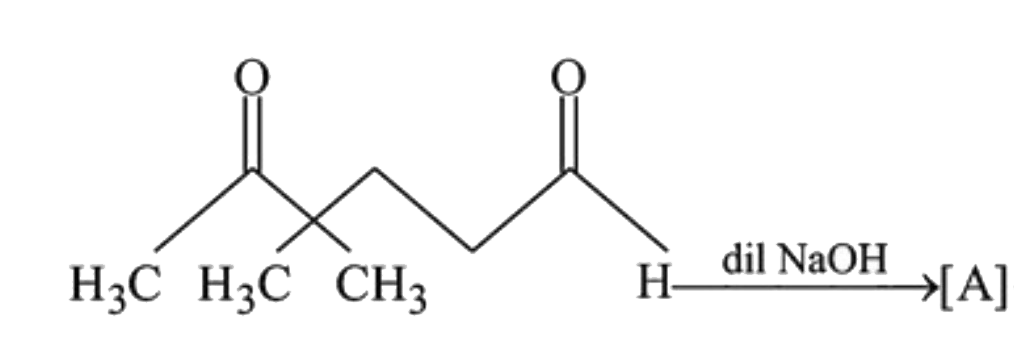 H2O+−−−→Δ[B]A
H2O+−−−→Δ[B]A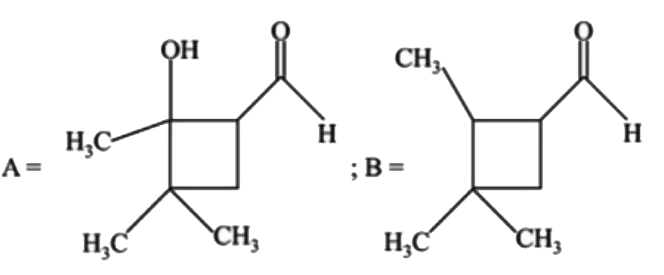 B
B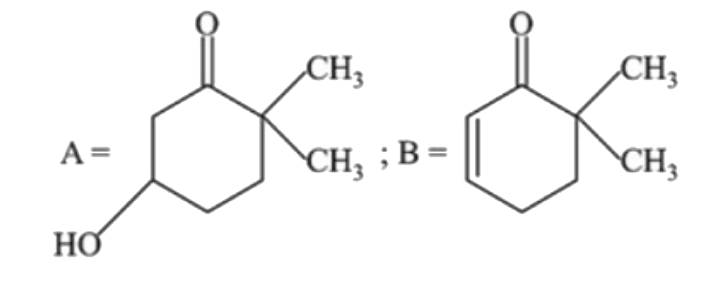 C
C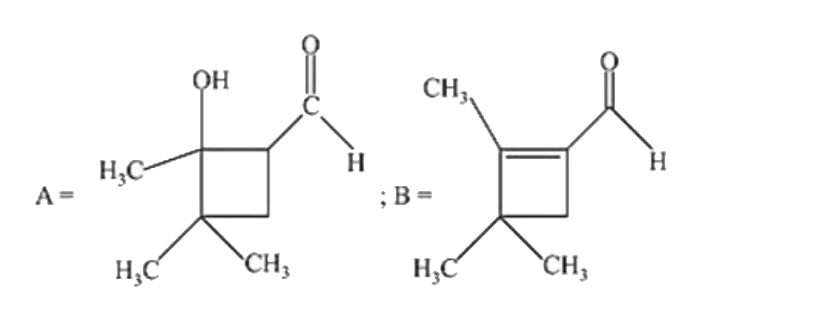 D
D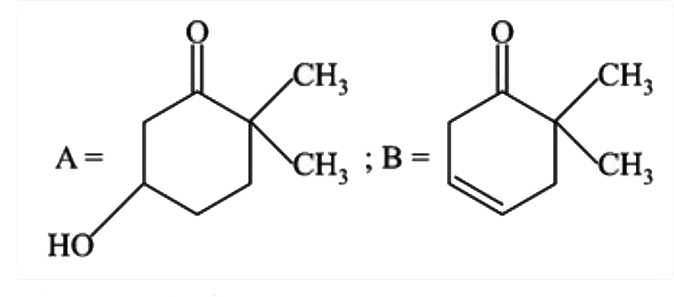
- Question 2 - Select One
HNO3/H2SO4−−−−−−−−→ANaOH−−−−−→433KB, B is
 A
A B
B C
C D
D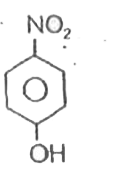
- Question 3 - Select One
MgN2△−−→YH2O−−→Z(colourless gas)CuSO4−−−→T (blue colour)
Then , substances Y and T areAMg3N2,MgO,NH3,CuSO4.5H2OBMg(NO3)2,MgO,H2,CuSO4.5H2OCMg2N2,MgO,NH3,[Cu(NH3)4]SO4DMg(NO3)2,MgO2,H2O2,CuSO4.5H2O
B(White fumes having smell)Moist air←−−−−MCl4M=(Transition element colorlessZn−−→A(Purple color)
Identify the metal M and hence MCl4. Explain the difference in colors of MCl4 and A.View SolutionBWhite fumeshaving smellMoist air←−−−−MCI4M=Transitionelement colourlessZn−−→APurplecolour
Identify the metal M and hence MCl4. Explain the difference in colour of MCl4 and A.View SolutionB(White fumes having smell)moist air−−−−→MCl4M=(Transition element colourless)Zn−−→A(Purple colour)
Identify the metal M and hence MCl4. Explain the diference in colours of MCl4 and A.View SolutionA(1 mole)+4H2O−−−−→Diphosphoric acid(2 mole)+2H2O−−−−→B(4 mole)
Find sum of number of P-O-P linkage in compound A and basicity of compound B.View SolutionIn the sequence of reactions
Fe3+(aq)Excess of−−−−→SCN−Blood red colour(A)Excess of−−−−→F−Colourless(B)
Identify A and B. Write their IUPAC names. Explain the hybridisation involved in B and calculate spin only magnetic moment of B.View Solution

